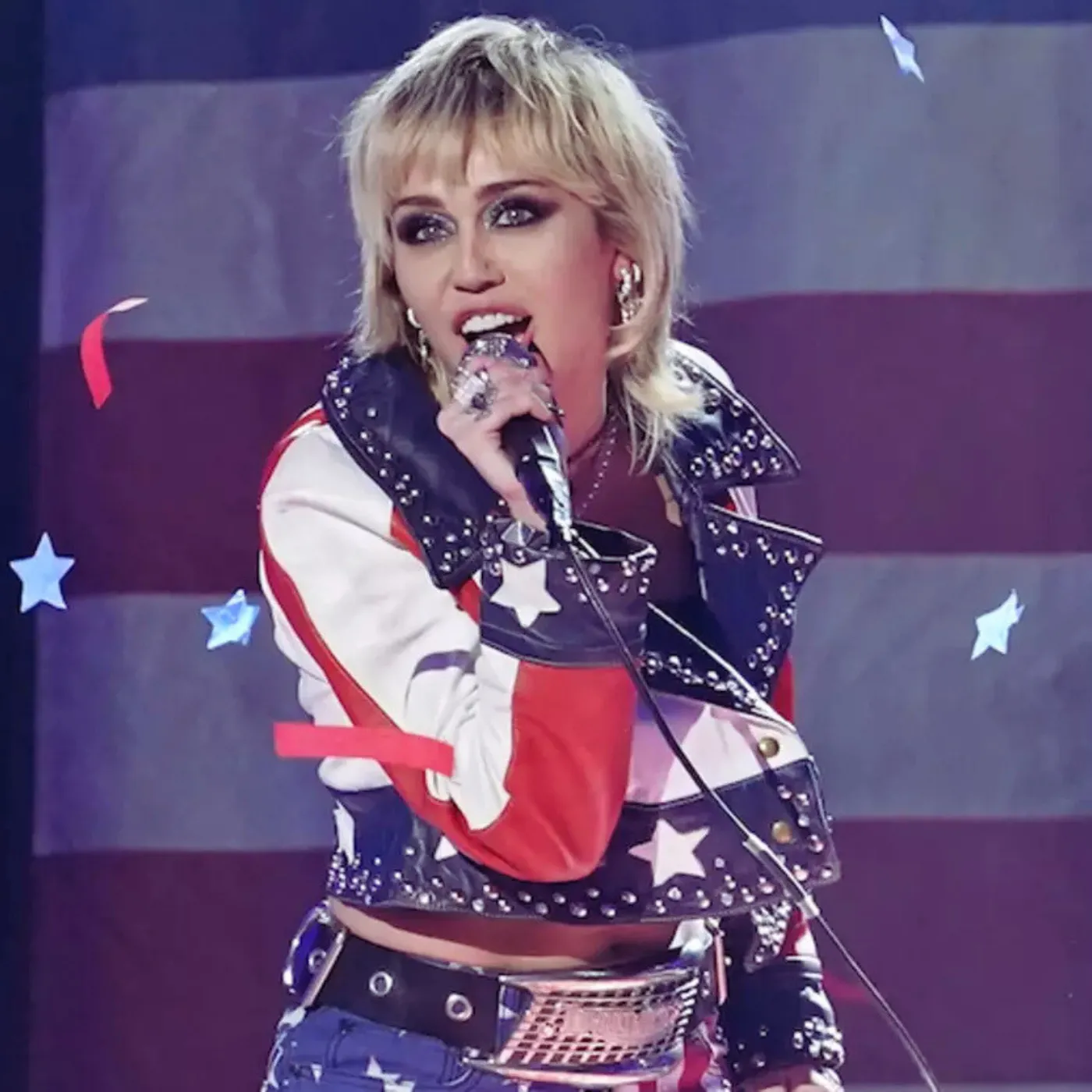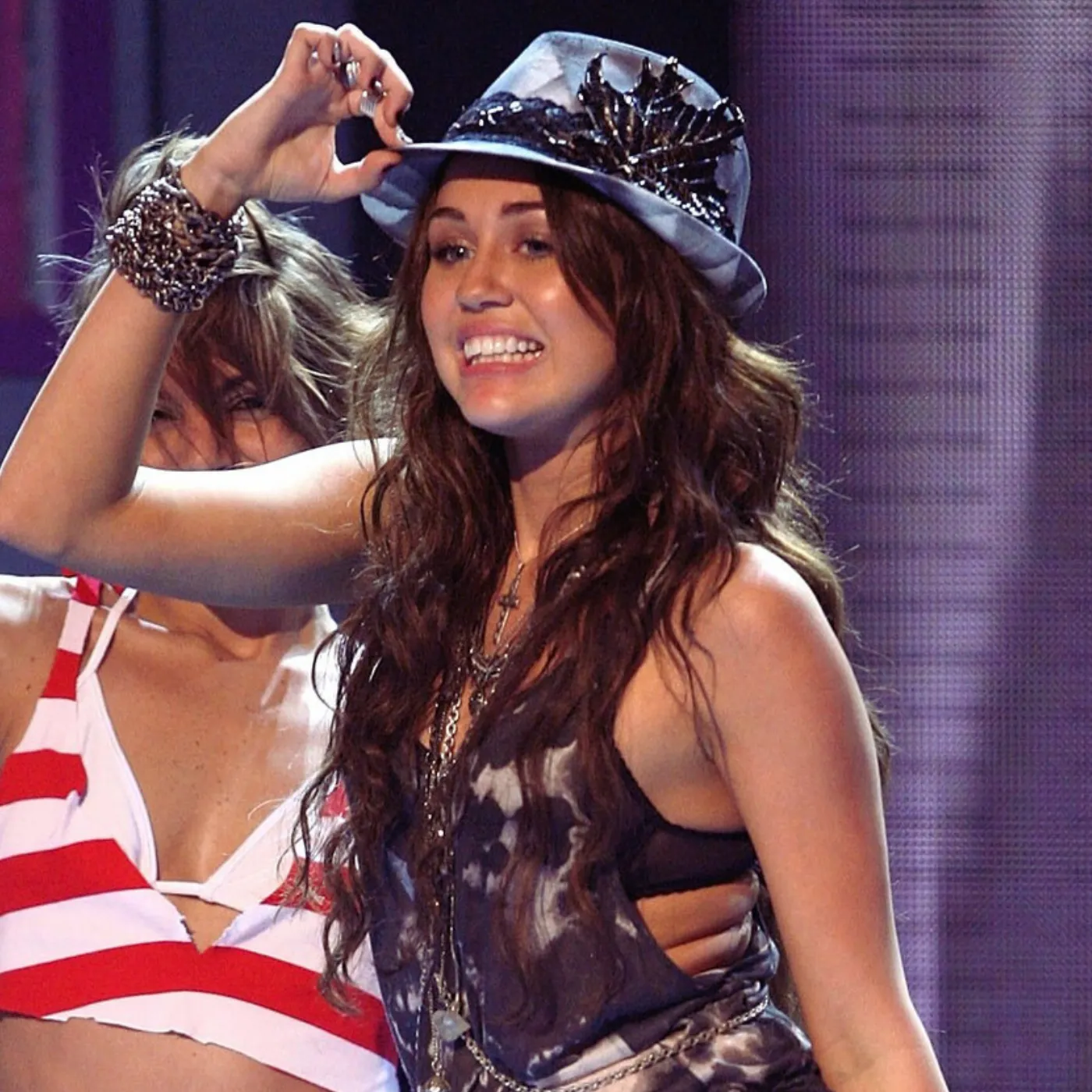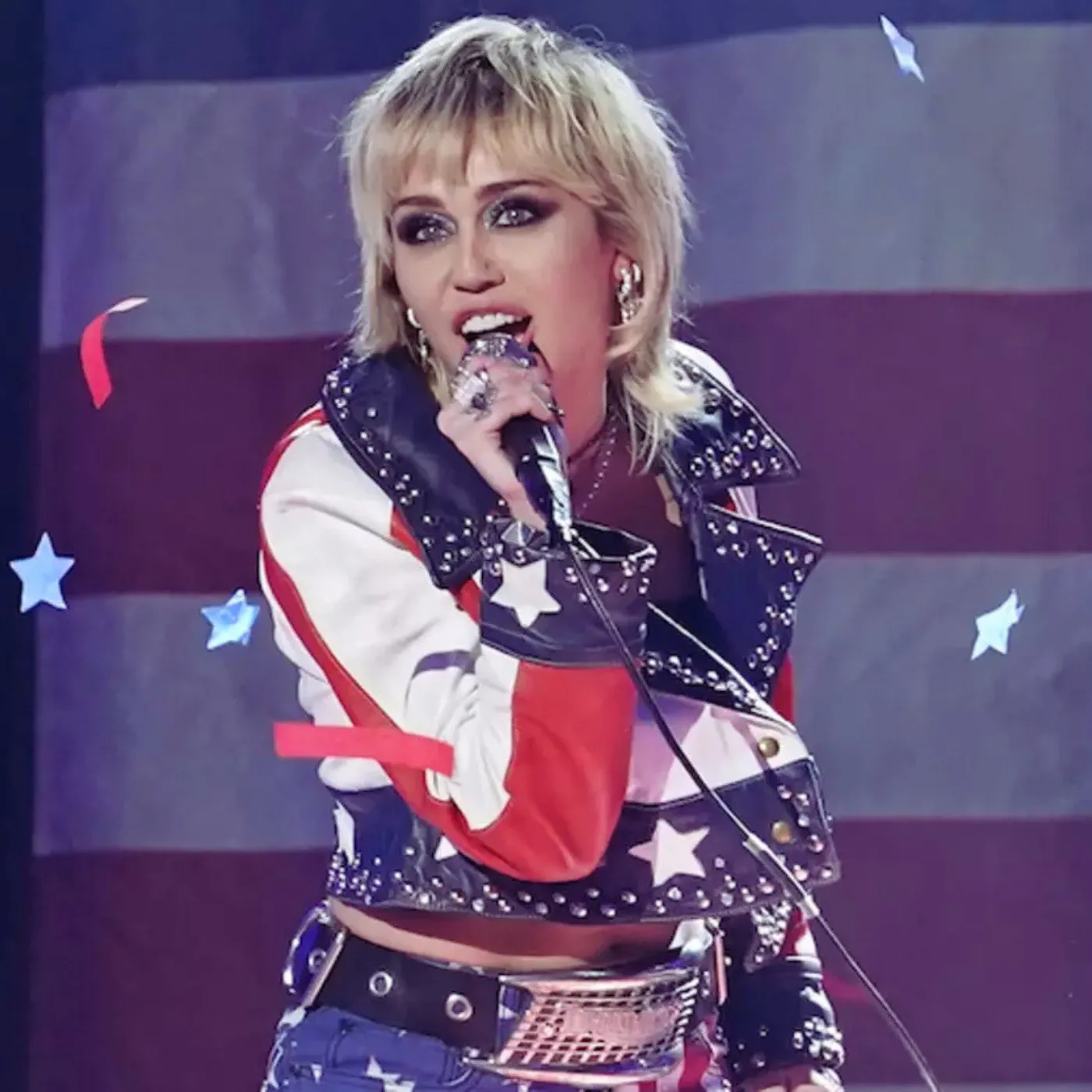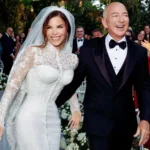

Miley Cyrus Sends Internet Into Frenzy with Party in the USA Reentry
The music industry is no stranger to surprise resurgences. But few hits have the same knack for rising from the ashes quite like Miley Cyrus’s Party in the USA. This week, fans woke up to see the track slip back into the Top 200 on US iTunes, holding steady at #199.

It’s a placement that has no business being as loud as it is. Because the social media buzz isn’t about the ranking itself—it’s about why a song from 2009 refuses to stay buried.

Party in the USA is more than a catchy pop anthem. It’s a cultural touchstone. It’s a meme, a throwback, a guilty pleasure turned generational anthem.

It’s also one of the best weapons Miley Cyrus has ever wielded in her never-ending war to stay on top of the conversation, whether she wants to or not.
And judging by the chatter on Facebook, TikTok, Twitter, and Instagram, she has once again won.
The Viral Life of an Undead Hit
When Party in the USA first dropped in 2009, Miley Cyrus was at a crossroads.
No longer Disney’s squeaky-clean Hannah Montana, but not yet the twerking, wrecking-ball-swinging rock provocateur. This song was her stepping-stone—a transitional phase that was both deeply safe and a little bit rebellious.
She wasn’t writing essays about reinvention yet. She was singing about a leather jacket and Jay-Z on the radio.
But the thing about Party in the USA is that it doesn’t know how to age.
It’s perpetually frozen in that moment of American optimism and cheeseball fun, refusing to apologize for its simplicity.
That’s precisely why it works.
Facebook is Eating It Up
The moment news hit that Party in the USA had crawled back onto the charts, Facebook lit up with reactions.
“Why is this back? I’m not even mad.”
“The song of my teenage years returns to save 2025.”
“Proves we have no new bangers, lmao.”
“Nostalgia hits different.”
Facebook’s recommendation engine loves this.
It’s the perfect mix of nostalgia and irony. Millennials see themselves in it. Gen Z sees meme potential. Even older listeners roll their eyes while singing along.
It triggers debate, laughter, and mass sharing.
TikTok’s Role in the Resurrection
Don’t underestimate TikTok in this latest resurrection.
Countless videos use Party in the USA as a sound:
-
Glow-up montages.
-
Jokes about American chaos.
-
Political memes (without getting political).
-
Dance challenges for no reason other than the song is fun.
TikTok is the new radio for old hits. Once a song starts trending there, iTunes charts almost inevitably reflect it.
It’s algorithmic synergy: TikTok sends the song viral, people run to iTunes to buy it ironically (or unironically), and Facebook picks up the chatter.
The Meme-ification of Miley Cyrus
One reason Party in the USA never dies is that Miley Cyrus herself is a meme machine.
She’s the antihero of the modern pop narrative.
Bolded keywords: Miley Cyrus, Party in the USA, viral hit, nostalgia marketing, social media buzz, chart resurgence.
She’s been the wholesome teen, the chaos agent, the serious rock vocalist, and the unlikely elder stateswoman of viral culture.
She plays the game better than almost anyone, often by pretending she doesn’t want to play it at all.
When this song re-enters the charts, it’s both a punchline and a triumph:
“Miley Cyrus refuses to be irrelevant.”
That headline writes itself.
Why Fans Keep Coming Back
Here’s the truth: Party in the USA is catchy as hell.
It has all the elements of a perfect pop song:
-
Instantly recognizable hook.
-
Singalong lyrics.
-
Lightly rebellious vibes that still feel safe.
It’s also weirdly universal.
You don’t need to be American to get it. You just need to know what it feels like to be the new kid in town, to want the radio to save you, to need a moment of release.
In a music landscape dominated by moody ballads and hyper-polished trap beats, Party in the USA feels charmingly dumb in the best way possible.
The Role of Nostalgia Marketing
Marketers didn’t plan this resurgence, but you better believe they’re taking notes.
Nostalgia marketing is big business.
You see it in movie reboots, in fashion trends that mine the early 2000s, and in music streaming stats that keep old hits alive forever.
For Miley Cyrus, this song is an evergreen piece of her brand.
It can always be dusted off, thrown into a commercial, added to a tour setlist, or used as an Instagram caption.
It is content, forever.
Chart Resurgence Explained
Let’s be clear: hitting #199 on iTunes isn’t the same as topping the Billboard Hot 100.
iTunes is a purchase chart. A single meme trend can push an old song back into visibility because enough people buy it in a single day.
But that doesn’t make it meaningless.
It means people care enough to spend money—even 99 cents—on a 15-year-old song.
That’s the gold standard for nostalgia marketing.
Because streams can be passive.
Purchases are intentional.
The Comments Section Wars
Perhaps the best indicator of Party in the USA’s true power is the Facebook comment section.
No matter how many times the song resurfaces, it triggers the same debates:
“This song is a bop forever.”
“This is what happens when music dies.”
“Classic. Miley did that.”
“We are officially out of ideas.”
It’s the perfect Facebook post formula.
✅ Nostalgia.
✅ Light controversy.
✅ Easy to argue about without real stakes.
✅ Miley’s name front and center.
Miley Cyrus Has the Last Laugh
It’s hard not to see Miley Cyrus smirking in the background of all this.
She’s been endlessly critiqued for career reinventions, edgy phases, and polarizing choices.
But here’s the truth: she doesn’t have to do anything for Party in the USA to promote itself.
The song has transcended her own personal branding.
It’s bigger than any one album cycle.
It’s a cultural artifact.
It’s an internet joke.
It’s also undeniably hers.
Why It’s Good Business
From a pure business standpoint, Party in the USA is the gift that keeps giving.
Every time it resurfaces, it earns more royalties.
It generates headlines.
It keeps Miley’s name trending.
It gives her old fans a reason to come back.
It gives new fans something to ironically love.
In an age where attention is currency, Party in the USA is a bottomless piggy bank.
The Impact on Miley’s Image
Far from hurting her credibility, these resurgences actually strengthen Miley Cyrus’s brand.
She isn’t pretending to be too cool for her old hits.
She embraces them.
She jokes about them.
She knows exactly what they mean to her fans.
That kind of self-awareness is rare in pop stars.
It’s why, no matter how many eras she goes through, people stay invested.
Music Critics’ Dilemma
Music critics don’t always know what to do with Party in the USA.
It’s hard to call it great art.
It’s easy to dismiss it as manufactured fluff.
But dismissing it misses the point.
Because music isn’t always supposed to be serious.
Sometimes it’s supposed to be fun.
And Party in the USA is fun.
It’s unapologetically cheesy.
That makes it powerful.
What This Says About 2025
If anything, Party in the USA re-entering the Top 200 is a mirror for our cultural moment.
We live in an age of endless nostalgia loops.
We can’t let go of the past because it feels safer than the present.
When the world gets messy, we crave simpler anthems.
Songs that remind us of high school dances, carefree summers, the world before a million crises.
Party in the USA is perfectly engineered to scratch that itch.
Miley Cyrus Doesn’t Need Our Permission
At the end of the day, Miley Cyrus isn’t waiting for our approval.
She doesn’t care if we think it’s cool or cringe.
She’s laughing all the way to the bank.
She knows Party in the USA is an unkillable meme, an indestructible hook, and a surefire ticket to stay relevant forever.
Because in 2025, 2009 is alive and well.
And Miley Cyrus is still throwing the party.



















Post Comment